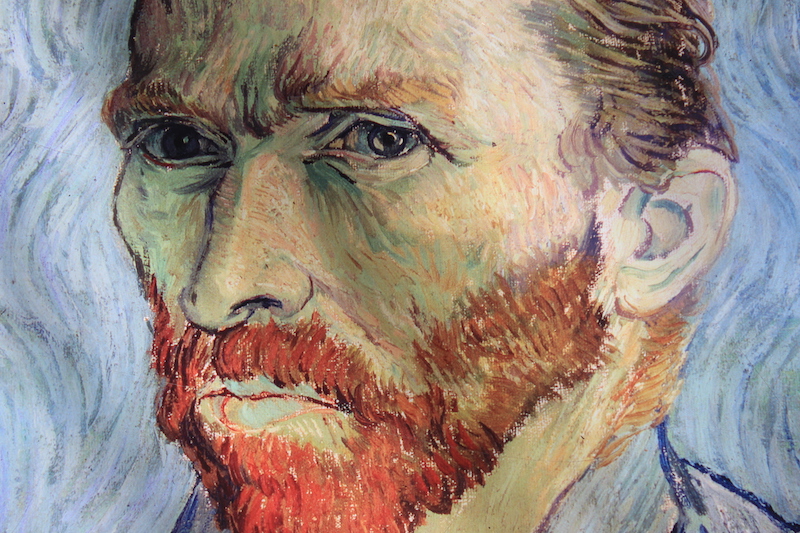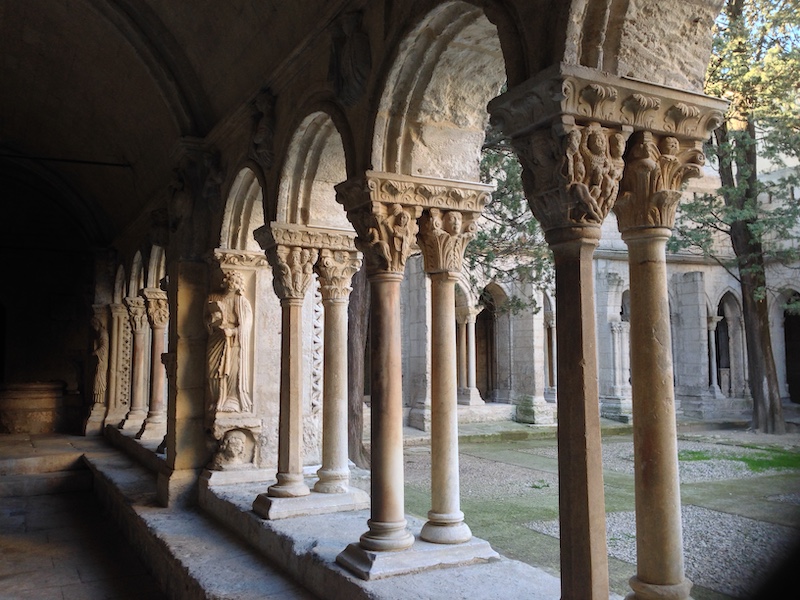Arles is a charming city on the Rhône River famed for inspiring the paintings of Vincent Van Gogh, who stayed here with his friend Paul Gaugain. The Provençal poet Frédéric Mistral (1830–1914) was born near Arles, and Pablo Picasso, a lover of bull fights, was inspired by this local tradition to do two paintings and 57 drawings. Arles is also a center for photography; each summer the Rencontres Internationales de la Photographie brings many visitors.
Once a provincial capital of ancient Rome, Arles is known for many remains from that era. Today (in addition to plays and concerts) the ferias or bull runs and bull fights are still held in the amphitheatre (12,000 seats), the scene of Roman games in the first century.
See houses and private mansions of the 16th and 17th centuries, the Cloister of St. Trophime, the Hôtel de Ville, and the shaded terraces of the Place des Lices. The arena, amphitheater, Alyscamps burial ground, Roman baths of Constantin, Musée de l’Arles Antique (sarcophagi), and Musée du Riz (rice museum) are all worth seeing – ask for a multi-site ticket for discounted entry.
Arles is the gateway to the Camargue, Western Europe’s largest river delta, which covers over 900km2. It’s a wild landscape of red salt lagoons teeming with flamingoes, reedy marshes and rice paddies, herds of wild white Camargue horses and farms where the Gardiens (Europe’s only cowboys) raise fighting black bulls for the bullrings of Languedoc and Spain. However you decide to do it (on horseback or not), the Camargue will be one of your most memorable experiences.











